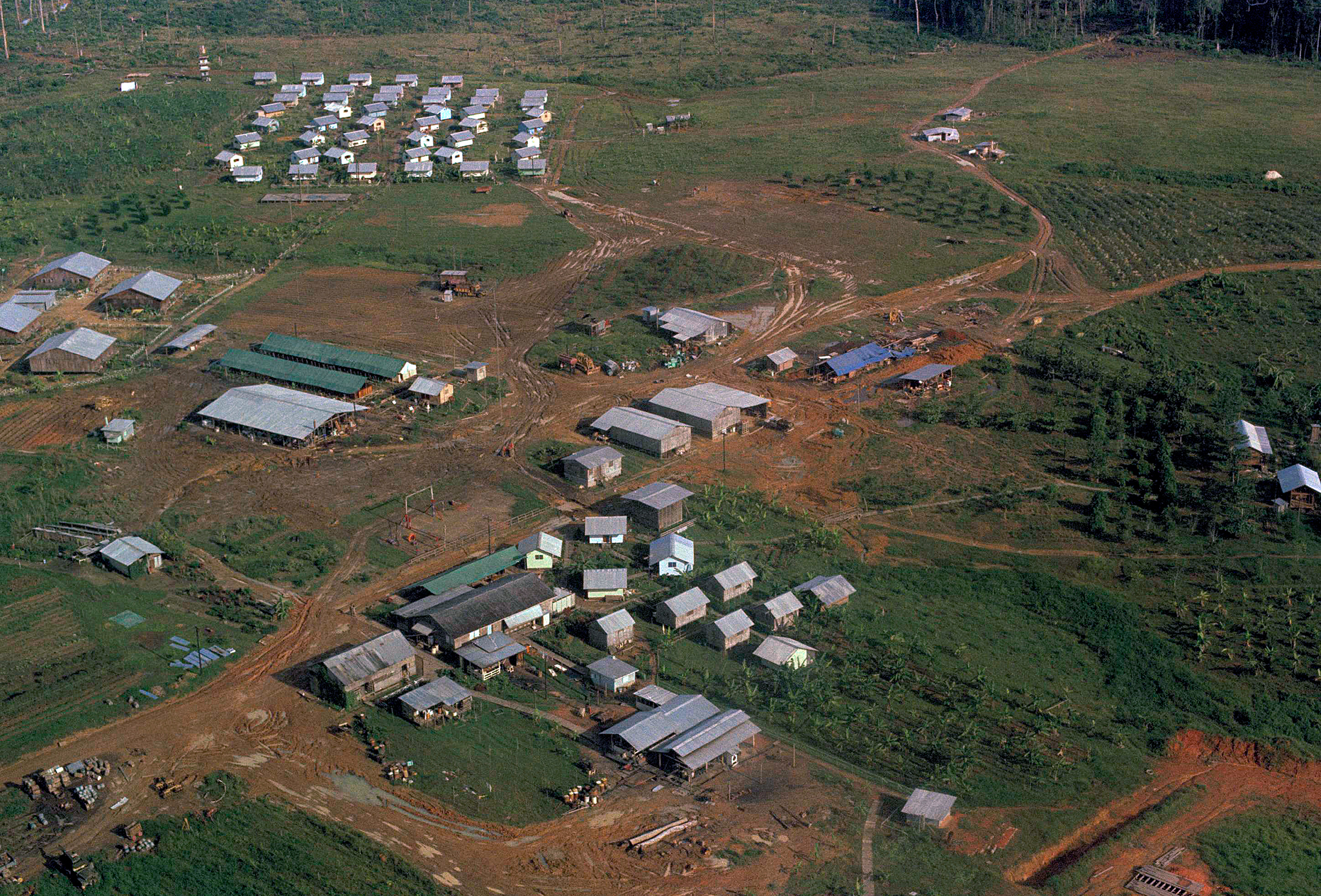Jonestown Tragedy: The Deadly Grip Of Blind Faith
On November 18, 1978, the world was shaken by one of the most harrowing tragedies in modern history—the Jonestown Massacre. This mass murder-suicide, orchestrated by the charismatic cult leader Jim Jones, claimed the lives of over 900 people, including a U.S. congressman. It unfolded in the remote settlement of Jonestown, Guyana, marking a dark chapter in the history of new religious movements.
The Genesis of the Peoples Temple
The Peoples Temple was founded in the 1950s by Jim Jones as a racially integrated church that preached socialism. Jones, a charismatic and manipulative leader, presented himself as a social progressive advocating for civil rights, and attracted a significant following. He promoted the Temple as a sanctuary from the racial and social injustices of the United States, eventually persuading his followers to move with him to Guyana, South America, where they could live out their socialist utopia free from American interference.

The Promise of Paradise
In the mid-1970s, Jones and his followers began constructing Jonestown, which he promised would be a “socialist paradise” and a “sanctuary” from the media scrutiny in the U.S. Life in Jonestown was initially filled with idealistic vigor; members worked long days with the goal of creating a self-sustaining agrarian community. However, the reality was far from the utopia Jones had promised. The settlement was plagued with food shortages, hard labor, and armed guards who enforced Jones’s rules.
The Descent into Despotism
As time passed, Jones’s behavior became increasingly erratic and authoritarian. He demanded absolute loyalty and instituted punishments for those who questioned his authority. Paranoid and addicted to drugs, Jones’s grip on reality began to slip. He held fake suicide drills—called “White Nights”—during which followers would practice taking poison as an act of revolutionary suicide.
The Fateful Visit
Concerns about the human rights abuses in Jonestown reached the U.S. government, prompting Congressman Leo Ryan of California to visit the settlement in November 1978. Accompanied by journalists and concerned relatives of Jonestown residents, Ryan’s delegation was initially welcomed, but the visit soon turned tense as some members passed notes to journalists expressing their desire to escape.
The Breaking Point
On November 18, as Ryan’s delegation prepared to leave with several defectors, they were ambushed by gunmen on Jones’s orders at the nearby airstrip. Ryan and four others were killed. Back in Jonestown, Jones gathered his followers for what would be their final “White Night.” Under the guise of protesting against an “inhumane world,” Jones coerced his congregation into ingesting a cyanide-laced drink. Parents administered poison to their children, and then took it themselves. More than 900 lives were lost in a few, horrifying hours.
The Aftermath and Legacy
The aftermath of the Jonestown Massacre left a global scar. Bodies were repatriated to the U.S., and many were buried in mass graves. The tragedy highlighted the dangers of charismatic leaders who exploit their followers’ vulnerabilities for personal gain and control.
The mass suicide/murder was recorded on an audio tape where Jones can be heard rationalizing the act. The recording serves as a chilling reminder of the control he held over his followers. The phrase “drinking the Kool-Aid” has since entered the popular lexicon, symbolizing blind obedience to a fatally flawed cause.
The Human Stories
Behind the grim statistics are the personal stories of those who lived and died in Jonestown. These narratives not only humanize the tragedy but also serve as poignant reminders of the perils of unquestioned loyalty to a single leader.
The Jonestown Massacre serves as a stark reminder of the dangers posed by charismatic leadership and the vulnerability of individuals within a cult. Experts in psychology and religion cite the Peoples Temple as a classic case of extreme social control, where isolation from the broader society can lead to increasingly destructive behaviors.

